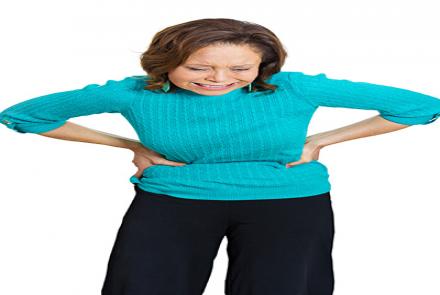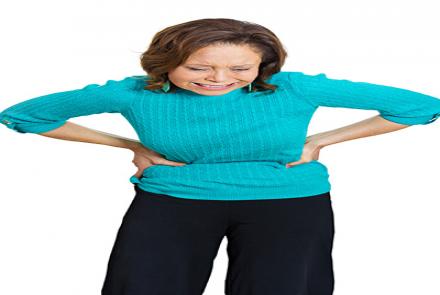Urinary Incontinence affects twice as many women as men and 50 per cent of elderly women suffer from it. It may affect younger women too.
Urinary incontinence can be caused by daily habits, underlying medical or physical problems. It may be temporary or persistent.

It is important to determine the type of urinary incontinence that you have since it will guide treatment decisions. The doctor may do some of the following tests:
- Thorough medical history and physical exam
- Urine analysis: Sample of urine will be checked for any signs of infection or other abnormalities.
- Bladder diary: You should record how much you drink, when you urinate, amount of urine you produce and the number of incontinence episodes.
- Post void residual measurement: You will be asked to urinate into a container that measures urine output. By using catheter or ultrasound test, your doctor checks the amount of leftover urine in your bladder. A large amount of leftover urine in your bladder may mean that you have an obstruction in your urinary tract or problem with your bladder nerves or muscles.
Special tests
- Urodynamic testing: This helps to measure your bladder strength and urinary sphincter health and it’s an important tool for distinguishing the type of urinary incontinence you have. A catheter will be inserted in to your urethra and bladder and filled with water. Meanwhile a pressure monitor measures and records the pressure within your bladder.
- Cytoscopy: Your doctor inserts a thin tube with tiny lens into your urethra with which to check and remove abnormalities in your urinary tract.
- Cystogram: Your doctor inserts a catheter into your urethra and bladder and injects a special dye. As you urinate and expel this urine X-ray images of your bladder helps to reveal problems with your urinary tract.
- Pelvic ultrasound: Your urinary tract or genitals are checked for abnormalities.
Changed
13/Oct/2015
Condition











